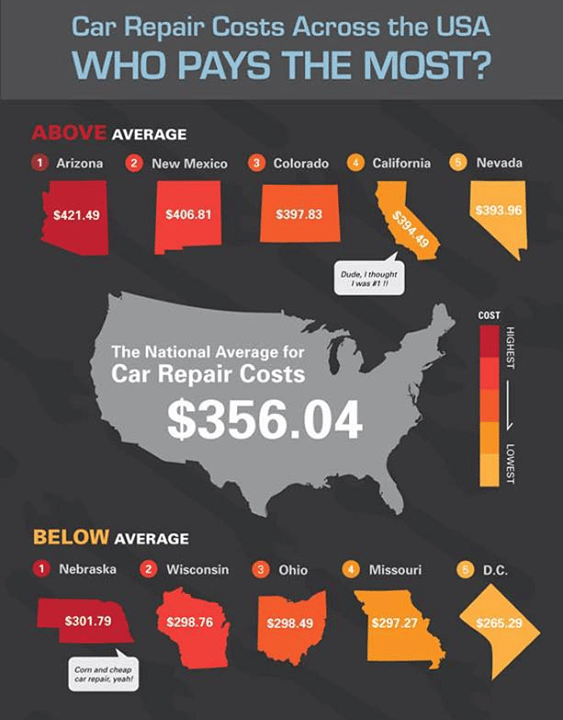Comprehending Your Automobile'S Caution Lighting: What Do They Truly Mean?
Comprehending Your Automobile'S Caution Lighting: What Do They Truly Mean?
Blog Article
Web Content Composed By-Termansen Alvarado
When you lag the wheel, those beautiful warning lights on your control panel can be a bit bewildering. Do you recognize what they're trying to tell you concerning your automobile's health? Comprehending the significance of these lights is vital for your safety and the long life of your automobile. So, the next time one of those lights pops up, wouldn't you want to understand its message properly and take the necessary steps to resolve it?
Common Caution Lighting and Interpretations
Determine usual warning lights in your automobile and comprehend their significances to make sure risk-free driving.
The most typical warning lights consist of the check engine light, which indicates concerns with the engine or emissions system. If this light comes on, it's crucial to have your car checked promptly.
The oil pressure alerting light suggests low oil stress, requiring prompt focus to prevent engine damages.
A flashing battery light might recommend a malfunctioning charging system, potentially leaving you stranded if not resolved.
The tire pressure tracking system (TPMS) light alerts you to low tire stress, impacting vehicle security and fuel effectiveness. Ignoring this could bring about hazardous driving conditions.
The abdominal muscle light suggests a trouble with the anti-lock braking system, jeopardizing your capability to quit rapidly in emergency situations.
Lastly, the coolant temperature warning light warns of engine overheating, which can cause severe damages otherwise dealt with quickly.
Comprehending these common warning lights will certainly aid you resolve issues immediately and preserve safe driving problems.
Relevance of Prompt Interest
Recognizing the usual warning lights in your cars and truck is only the initial step; the relevance of immediately attending to these warnings can not be stressed enough to guarantee your safety when driving.
When a warning light brightens on your control panel, it's your cars and truck's way of communicating a potential concern that needs interest. Neglecting these warnings can lead to much more serious problems later on, jeopardizing your security and potentially costing you much more out of commission.
Trigger interest to advising lights can protect against failures and accidents. For https://air-lift-performance-kits95172.livebloggs.com/37551211/prepare-for-an-informative-expedition-of-the-remarkable-car-service-center-that-can-change-your-strategy-to-vehicle-maintenance , a blinking check engine light could suggest a misfire that, if left neglected, can trigger damage to the catalytic converter. Addressing this quickly can save you from an expensive fixing.
Likewise, a brake system warning light may signal reduced brake liquid or used brake pads, critical parts for your security when driving.
Do It Yourself Troubleshooting Tips
If you observe a caution light on your dashboard, there are a few DIY troubleshooting ideas you can attempt before looking for professional assistance.
The very first step is to consult your cars and truck's manual to comprehend what the particular caution light indicates. Sometimes https://www.autoserviceworld.com/tips-to-stop-fraud-in-your-shop/ can be as simple as a loose gas cap causing the check engine light. Tightening the gas cap may fix the issue.
One more usual issue is a low battery, which can cause numerous cautioning lights. Inspecting interior car cleaning cheap for corrosion and ensuring they're secure might repair the trouble.
If a caution light lingers, you can try resetting it by separating the cars and truck's battery for a couple of minutes and then reconnecting it. Furthermore, checking your vehicle's liquid levels, such as oil, coolant, and brake liquid, can assist troubleshoot alerting lights connected to these systems.
Verdict
To conclude, recognizing your cars and truck's caution lights is essential for maintaining your car running smoothly and safely. By immediately dealing with these signals and recognizing what they mean, you can avoid pricey repair services and possible break downs.
Keep in mind to consult your automobile's handbook for particular details on each advising light and take action appropriately to guarantee a trouble-free driving experience.
Remain informed, stay risk-free when traveling!
